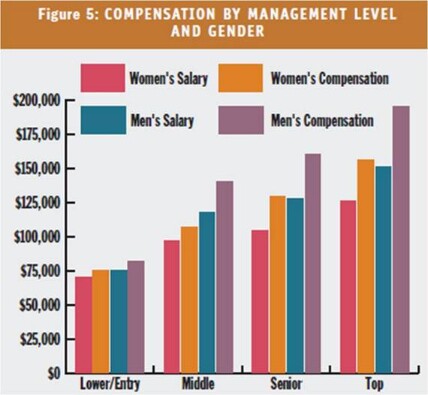The Gender Gap in Accounting Salaries
August 2, 2013 2:44 PM













Plus, Sage launches two new integrated suites in U.K. and Canada; and other accounting technology updates.
Eide Bailly admits 24 partners; MGI Worldwide adds new member firm; and more news from across the profession.
The Bridge to CPA program allows accountants to complete their remaining credits for CPA licensure for free through Nova Southeastern University.
A recent survey has found that 40% of tax professionals believe generative AI will allow them to demand higher rates, in comparison to 6% who said rates will decrease.
Test your knowledge of the biggest accounting headlines of the week. No. 2 pencil not required!
Bodies of evidence; the Ultimate crime; one expensive ghost; and other highlights of recent tax cases.